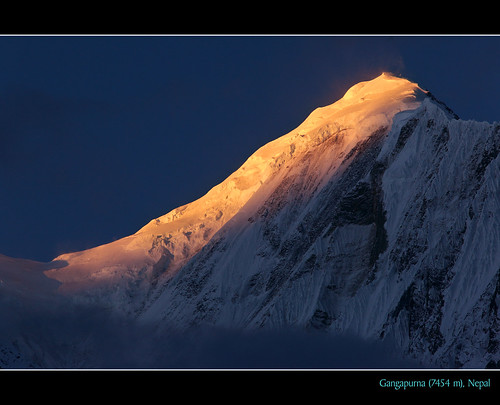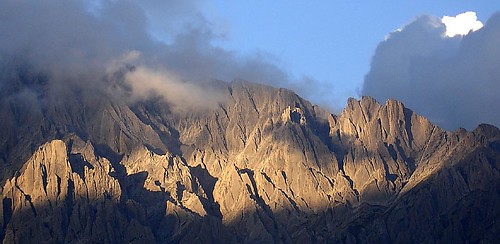The more technical use of the term chiaroscuro is the effect of light modelling in painting, drawing or printmaking, where three-dimensional volume is suggested by the value gradation of colour and the analytical division of light and shadow shapes - often called "shading". The invention of these effects in the West, "skiagraphia" or "shadow-painting" to the Ancient Greeks, was traditionally ascribed to the famous Athenian painter of the 5th century BC, Apollodoros. Although virtually no Ancient Greek painting survives, their understanding of the effect of light modelling can still be seen in the late 4th century BC mosaics of Pella, Macedonia, in particular the Deer Hunt, in the House of the Abduction of Helen, inscribed gnosis epoesen, or 'knowledge did it'.

In photography, chiaroscuro is often effected with the use of "Rembrandt lighting". In more highly-developed photographic processes, this technique may also be termed "ambient/natural lighting", although when done so for the effect, the look is artificial and not generally documentary in nature. W. Eugene Smith, Josef Koudelka, Diane Arbus, Garry Winogrand, Lothar Wolleh, Annie Leibovitz, Floria Sigismondi and Ralph Gibson may be considered some of the modern masters of chiaroscuro in documentary photography.


 Photography Tips
Photography Tips




No comments:
Post a Comment